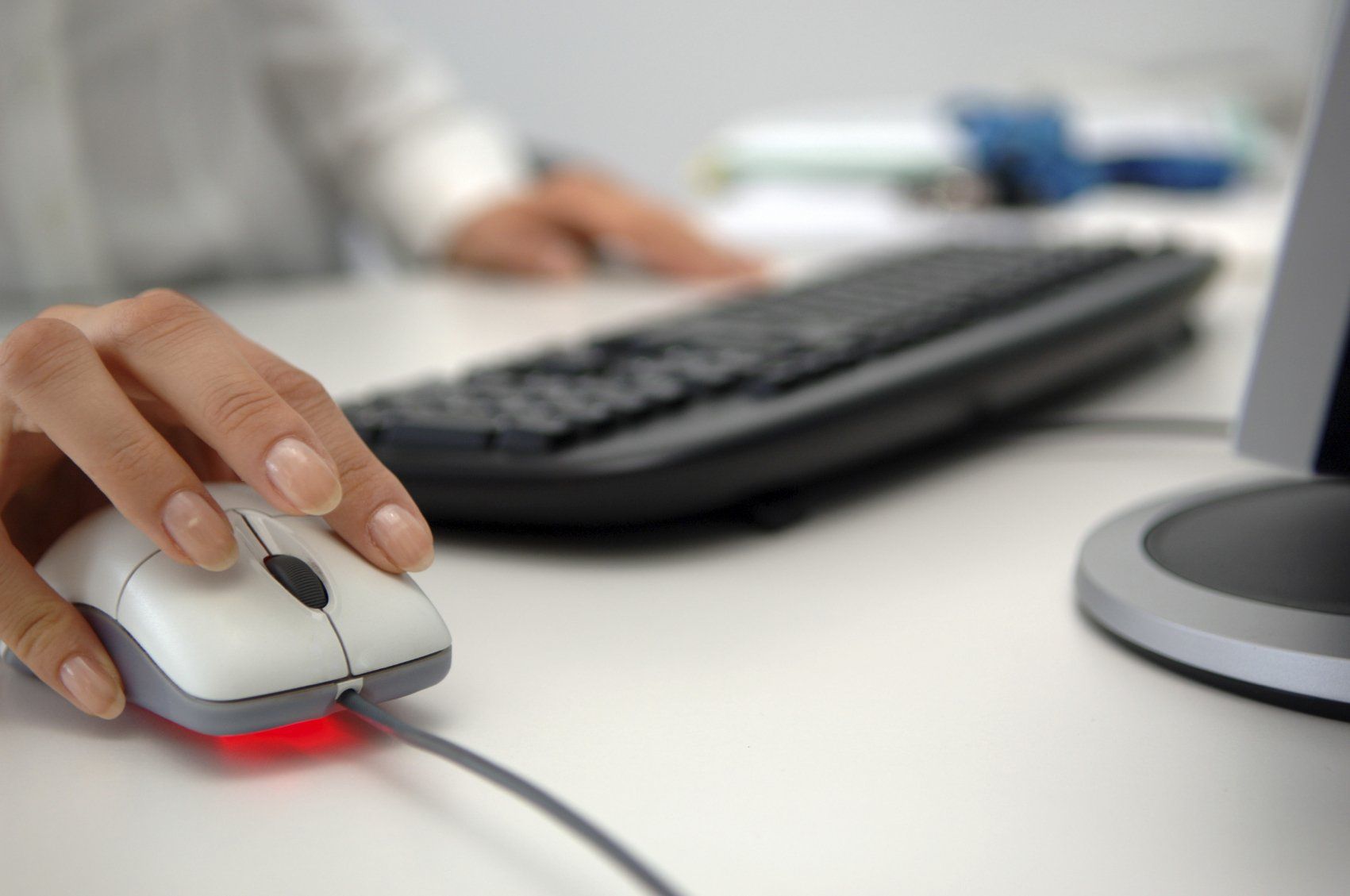Staff believe they can get more done from home
Mike Crutchley • 17 September 2020
Making the most of being out of the office

As schools start to return and staff prepare to head back to the office, it seems many now believe they are more productive at home and would like to stay there.
Happy to do more
In a previous blog, I looked at the pros and cons of working from home https://www.mikecrutchleymedia.co.uk/are-you-really-working-when-you-work-from-home. It works for some and is a great way of keeping costs down for small businesses, but can be difficult for larger companies to manage staff and function properly.
Since lockdown, research has found that people are working at least an extra hour a day – and 70 per cent of them would prefer to carry on this way, instead of returning to the office.
The cynics among us might think that this is because people are at home with their feet up, sending a few emails and attending the odd Zoom meeting. But a study has found that staff believe they are genuinely more productive working from home and would like to continue to do so in some form once restrictions are eased.
Safety first
Safety and fears about the coronavirus might be partly behind this as well.
Productivity depends on distractions. In an office, many people would go in early or stay late and feel they could do more in a couple of uninterrupted hours than they would do in a day with constant interruptions by phone or email.
Equally, working from home is still working – you are just at home. You do not have the daily commute to content with and the sooner you can get to your laptop, the sooner you can get on with things.
You need to be focused and not be in front of the TV, putting the washing on or nipping to the shops. As lockdown demonstrated, you must also be able to work with other people in the house, especially if they are not working.
However, before people start rushing to Ikea to permanently kit out their home offices, the National Bureau of Economic Research has said it is too soon to say whether working from home is the best option in the long term.
Too soon to tell
It has been almost six months since lockdown and everyone has muddled through as best they can.
Businesses and staff have come up with shortcuts and contingencies to ensure core functions can be carried out and schools have done their best to keep things ticking over for pupils.
But society is not set up to work like this and it has been a huge adjustment for many. Our world involves face-to-face contact, especially when dealing with groups of people.
For some, especially those in the service industry, contactless meetings and ways of working might well be the future. For those in retail and manufacturing, while some functions can be carried out via video call, most of what they do needs to be on site and involves colleagues and customers.
Tech takeover
The convenience and savings offered by emerging technology played a big part in the demise of Concord. The iconic aircraft’s supersonic speeds meant that businesspeople could board in London, have breakfast in New York and conduct meetings, etc, and be back home in time for the 10pm news.
But the tragic events of September 11 and the crash in Paris, combined with improving technology, meant that video conference calls were more practical and affordable than £8,500 per seat on the supersonic jet.
While the implications of lockdown are not likely to involve the widespread closure of offices, as businesses struggle to balance costs and adopt new ways of working, they are more likely to look favourably upon requests for staff to work from home where possible.
As always, the needs of the business comes first, but it seems likely that the army of home workers is likely to grow – from six per cent pre-March, peaking at 43 per cent at the height of the pandemic.
Who knows . . . there could well be unions and associations specifically for home workers?
The full article is at https://www.dailymail.co.uk/news/article-8683629/Staff-working-home-nearly-extra-hour-day-research-shows-send-emails.html
